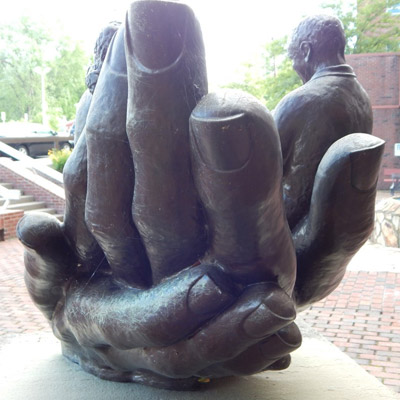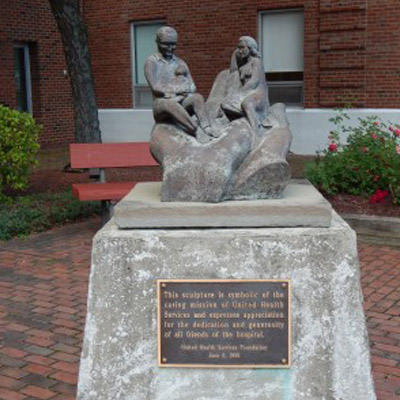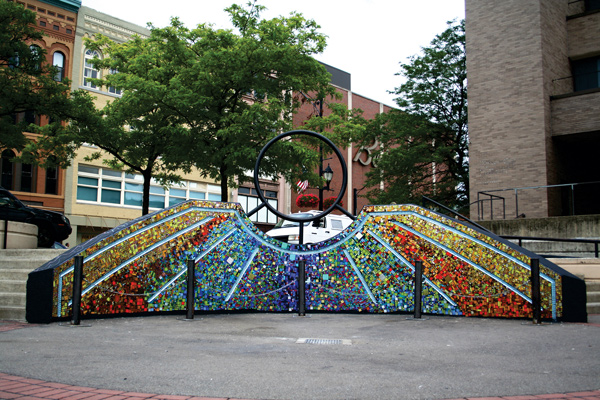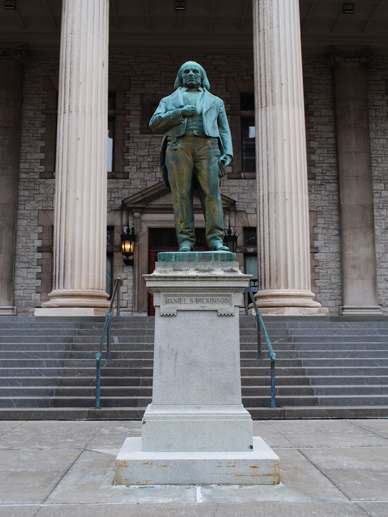Reviewed by Katherine Karlson
Magic as well as melody was in the air last Saturday (Oct. 30) as the Binghamton Philharmonic Orchestra opened its pop season with the music of Harry Potter. Even before the orchestra members took up their instruments at The Forum in Binghamton, attendees could spy the point of witch’s hat dead center in the brass section, a robed cellist and, best of all, Maestro Daniel Hege enthusiastically assuming the podium adorned in Gryffindor colors and a pair of wizard-like glasses.
These visual touches nicely set the scene for listeners to enter Hogwarts School of Witchcraft and Wizardry through the enchanting music composed by John Williams and Patrick Doyle for the movies adapted from the first four books by J.K. Rowling.
The most recognizable tune, “Hedwig’s Theme,” which features the otherworldly tinkle of the celeste, launched the audience into the auditory skies. Adara Alston, a local actor, provided excellent commentary and insight into the musical connection to both the stories and the movies. For example, “Nimbus 2000” illustrates Neville Longbottom’s ill-fated debut broomstick flight, which results in a broken wrist.
Hege maintained the dynamic thrust of the various musical selections, whether they featured lush string offerings or swooping brass and woodwinds. His direction was precise without being pedantic. The orchestra’s skillful handling of the textured score, which in many places echoed Rossini and even a popular show tune, adapted itself to the changing mood and story told in each piece.
Character portraits comprised the second section, based on The Chamber of Secrets, including the eponymous mysterious room. Here the celeste rang more darkly as a sense of dread built to an alarming note. Dobby the House Elf and Fawkes the Phoenix were each painted in appropriate and recognizable measures to the extent that one could see them in the mind’s eye.
A single recorder gave a medieval color to the opening of The Prisoner of Azkaban, in which the music showed the main characters growing up, finding lives and even romance through the rich strings, harp, a dramatic cymbal crash and the return of that lone recorder. A young musician acquaintance reminded me that as the movie scores progress over time, the melodic aspect decreases.
The Madrigal Choir of Binghamton provided an elegant rendition of the only vocal on the program, “Double Trouble,” its text taken from the famous “Scottish Play.” The lively staccato beat mimicked the bubbling cauldron full of strange ingredients about to come to a boil.
In the Goblet of Fire, scored by Patrick Doyle, the music mirrors the character’s inner changes. While the jaunty and uplifting “Hogwarts’ March for Band” put listeners on the field of the great Triwizard Tournament, it bridged into the “Potter Waltz” that conjured up the formal ball. The melancholy melody of “Harry’s Love Theme” echoed his longing for answers.
The music returned to Williams’ work in the final offering, titled “Harry’s Wonderous World,” which brought back the sweeping strings and lush open melody lines. With a recap of the signature theme, the bright, optimistic score revealed the way each character would make their magical realm a better place in the future.
Without calories or cavities, the BPO offered a sweet treat for Halloween.



































